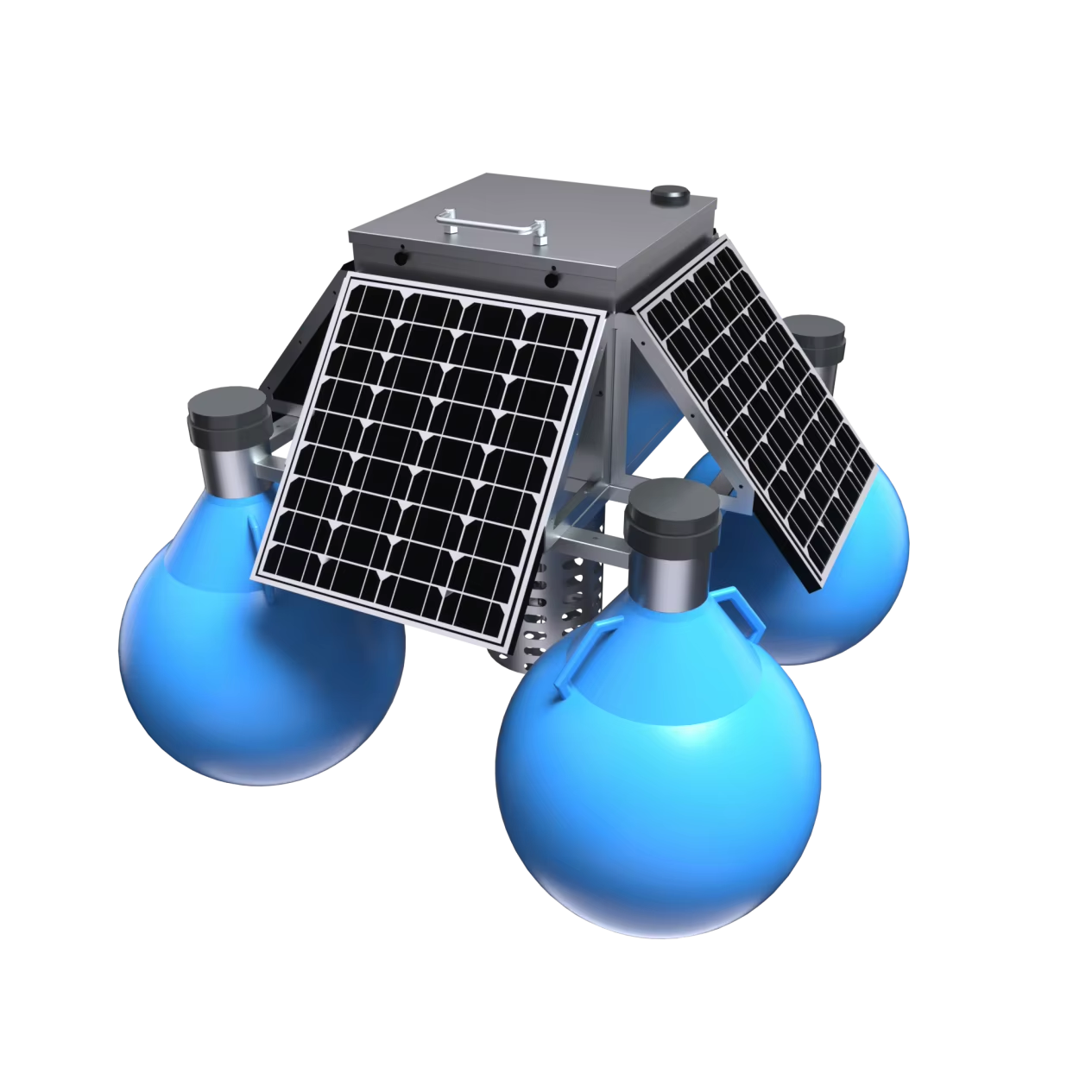Globally, water quality monitoring has become an essential task for ensuring environmental protection and public health. In developing countries like India, the issue of water pollution is becoming increasingly severe, necessitating more efficient monitoring technologies. In recent years, the introduction of water quality buoy sensor technology has provided new solutions for water quality monitoring in India. This article explores the application cases of water quality buoy sensors in India and their impacts.
1. The Urgency of Water Quality Monitoring Amid Climate Change
India has abundant water resources, but with rapid urbanization and industrial development, water pollution issues have become more pronounced. According to Google Trends data, user interest in “water quality monitoring” has significantly increased in recent years, especially after the monsoon season, when the status of water bodies becomes a hot topic for discussion. Many people express concerns about drinking water safety, leading to heightened demand for water quality monitoring technologies.
2. Overview of Water Quality Buoy Sensor Technology
Water quality buoy sensors are devices capable of real-time monitoring of water quality. They are typically equipped with various sensors to detect pH levels, dissolved oxygen, turbidity, temperature, and concentrations of other pollutants. These sensors transmit data wirelessly in real time, effectively providing decision-makers with almost instantaneous information about water quality.
3. Application Cases
3.1 Lake Monitoring Project in Bangalore
In the southern Indian city of Bangalore, several lakes are severely polluted due to urbanization and industrial wastewater discharge. Local government and technology companies have partnered to deploy water quality buoy sensors for real-time monitoring in key lakes, such as Ulsoor Lake and Yelahanka Lake.
- Implementation Results: The sensors continuously monitor and record water quality data, which is displayed and analyzed on a centralized platform. This information not only helps the government take timely measures to restore lake water quality but also informs residents about changes in water conditions, enhancing public awareness of water resource protection.
3.2 Coastal Water Quality Monitoring in Mumbai
In Mumbai, India’s largest city, local research teams have utilized water quality buoy sensors to monitor the quality of ocean waters to better protect marine ecosystems.
- Specific Applications: These sensors are distributed across multiple critical areas along the Mumbai coastline, capable of monitoring pollutants as well as collecting data on wave height and temperature to help predict changes in the marine environment. Monitoring results provide data support for sustainable development in marine fisheries and tourism.
3.3 Rural Water Safety Monitoring
In some rural areas of India, effective water quality monitoring tools are lacking. To address this issue, NGOs have introduced water quality buoy sensors to perform real-time monitoring at key water supply points.
- Impact: By collaborating with local communities, these initiatives promote community involvement in water quality monitoring activities and help villagers understand the safety of their water sources. This structure not only enhances the transparency of water management but also improves local governance capabilities.
4. Challenges and Future Prospects
Despite the achievements of water quality buoy sensors in India, several challenges remain, including equipment costs, maintenance issues, and data management capabilities. Furthermore, there is a need to enhance public understanding and utilization of water quality data.
In the future, with continuous advancements in technology and the development of internet solutions, more intelligent and cost-effective water quality monitoring solutions are expected to be promoted in India. By integrating big data analytics and artificial intelligence, water quality monitoring can become more efficient, helping India better address water resource challenges and ensure the safety and sustainable use of water.
Conclusion
The application cases of water quality buoy sensors in India demonstrate the significant potential of new technologies in addressing water pollution problems. Through real-time monitoring and data sharing, this technology not only increases the transparency of water resource management but also raises public awareness of water safety. With the expansion of implementation cases, this technology is likely to be widely adopted in India and other developing countries, contributing to the protection of water resources and the improvement of life quality.
We can also provide a variety of solutions for
1. Handheld meter for multi-parameter water quality
2. Floating Buoy system for multi-parameter water quality
3. Automatic cleaning brush for multi-parameter water sensor
4. Complete set of servers and software wireless module, supports RS485 GPRS /4g/WIFI/LORA/LORAWAN
For more Water quality sensor information,
please contact Honde Technology Co., LTD.
Email: info@hondetech.com
Company website: www.hondetechco.com
Tel: +86-15210548582
Post time: Jun-30-2025


